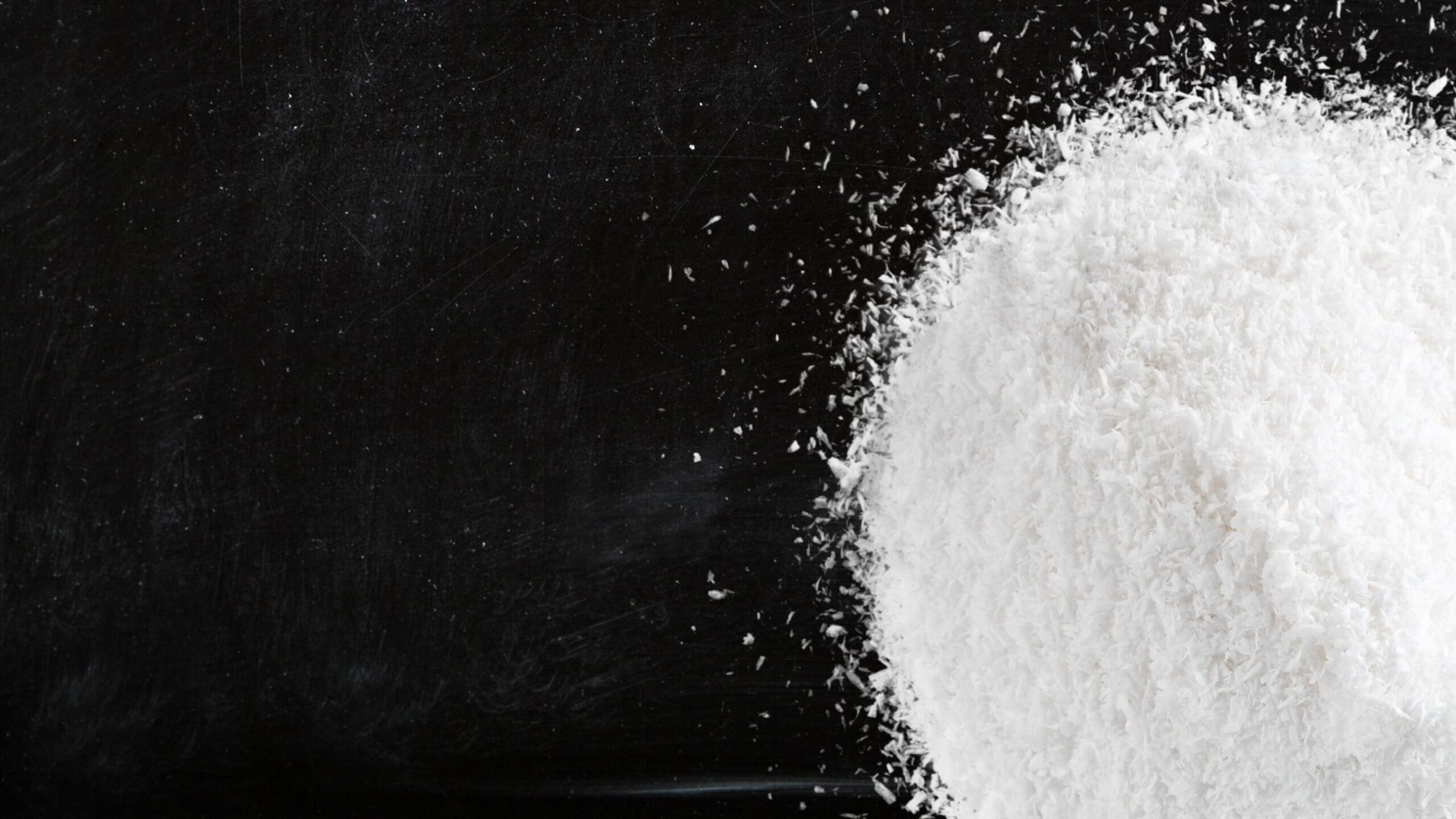On 4 July 2023, the Scientific Committee on Consumer Safety (SCCS) published the Preliminary Opinion on Water-Soluble Zinc Salts in oral cosmetic products. The deadline for comments was set for 8 September 2023.
BACKGROUND
Water-soluble zinc compounds are used in oral cosmetic products to reduce oral malodour, tartar and plaque formation. Currently, water-soluble zinc salts are regulated under Annex III to the European Cosmetics Regulation No. 1223/2009 (entry 24), which established that the use of Zinc Salts are allowed with the exception of Zinc 4-hydroxybenzenesulphonate and Zinc Pyrithione, up to a maximum concentration of 1% (as Zinc).
In July 2014, the Federal Institute for Risk Assessment (BfR) submitted a dossier expressing safety concerns related to the use of Zinc salts in oral products such as toothpaste and mouthwash in particular for specific age groups.
In February 2016, Cosmetics Europe, the Personal Care Association, submitted a safety dossier to demonstrate that the combined exposure from food and oral care products was safe up to 1% and 0.1% in toothpaste and in mouthwashes, respectively, for all age groups.
In June 2018, the Scientific Committee on Consumer Safety (SCCS) concluded in its opinion (SCCS/1586/17) that the use of Zinc in toothpaste and mouthwash per se is safe. However, SCCS highlighted that the dietary intake was not taken under consideration and the Committee could not advise which portion of the upper limit should be allocated to exposure from cosmetic products. The SCCS also added that any additional source of exposure may lead to exceeding the upper limits because the default values used in this assessment were based on conservative estimates.
Upon the European Commission’s call for data, in May 2021 Cosmetics Europe submitted a new safety dossier reviewing the methodology that led to the definition by the Scientific Committee on Food (SCF) of Tolerable Daily Upper Intake levels.
The European Commission requested the SCCS to carry out a safety assessment of water-soluble zinc salts in view of the information provided. Submission II includes considerations of the reported dietary exposures, absorption kinetics, and the age-dependent usage of oral care products by consumers.
WHAT’S NEW?
In light of the data provided and considering the aggregate exposure (including diet) and the concerns on the Tolerable Daily Upper Intake, the SCCS is of the opinion that:
- The use of zinc in toothpaste at concentrations of 1% is safe per se, except for children under the age of 1 year because the intake exceeds the upper limit level. For children up to 1 year of age, the SCCS recommends a safe concentration of 0.72% for soluble zinc salts (as zinc) in toothpaste.
- The inclusion of zinc in mouthwash at 0.1% Zn is considered safe across all age groups.
References:





